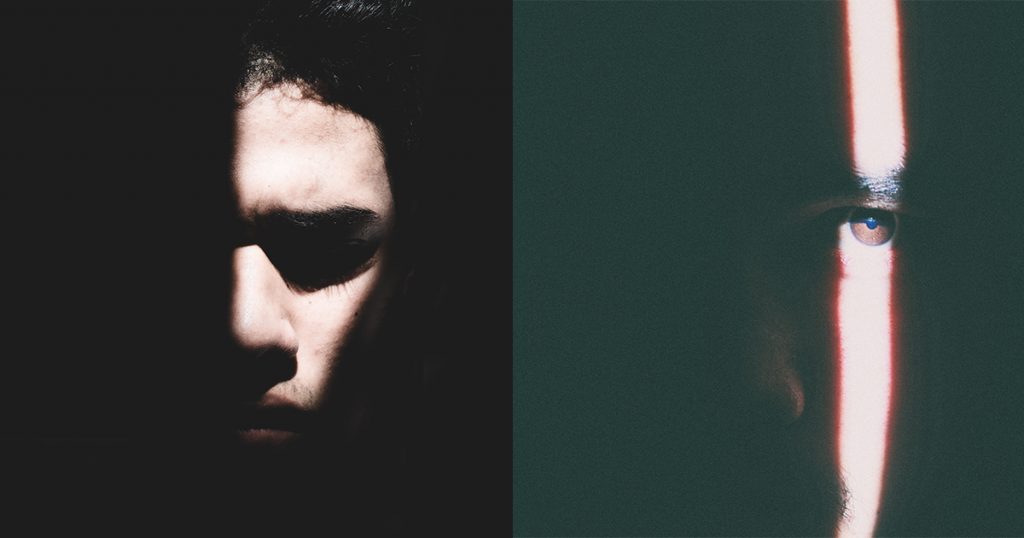Is Psych2Go Bad? The Process Behind Psych2Go’s Video Production: A Transparent Look at Our Journey
At Psych2Go, we’ve always been committed to providing educational and engaging mental health content that resonates with our audience. However, we’re no strangers to criticism. In the past, we faced questions about our credibility, as highlighted in this critique and others like it. These challenges have led us to reflect deeply on our growth, and today, we want to share our journey, our current animation workflow, and where we hope to be in the next five years.
The Beginning of Psych2Go
Psych2Go started seven years ago, founded by a psychology student who, along with other psychology enthusiasts and fan members, aimed to bring accessible psychology content to the world for free. Back then, building and growing a YouTube channel focused on mental health was no easy task. To attract a broader audience and survive as a channel, we had to rely on topics that leaned more toward pseudoscience.
While we acknowledge that some of our early content fell into this category, we’re still grateful that these videos helped draw in viewers who then discovered our more rigorously researched, psychology-backed content. In fact, our older viewers still help us bring in new viewers today, guiding them toward our recent, more scientifically-backed videos. These older videos continue to foster awareness, bringing more people into the Psych2Go community and spreading our message about mental health.
Our initial goal was always to build a supportive community dedicated to the vision of making mental health accessible to everyone, and those early challenges helped us establish a foundation for that.
The Evolution of Our Content
As one of the pioneers in bringing mental health and psychology to YouTube through animated videos, we’ve learned the importance of ensuring our content is sound and reliable. Today, our production process is rooted in transparency and a commitment to high-quality, research-backed material. We understand that as our platform grows, so does our responsibility to produce content that is accurate and helpful to our audience.
From Concept to Completion: Our Animation Workflow
The creation of a Psych2Go video involves several stages, each designed to ensure we are delivering high-quality, well-researched, and visually appealing content. Here’s a breakdown of how our videos come to life:
1. Research and Scriptwriting
Every video begins with an idea—whether it’s inspired by audience requests, trending mental health topics, or insights from our team. Our research team dives into credible sources, including psychological studies, academic journals, and expert opinions, to create an informative foundation for the video.
Once the research is complete, our writers craft a script that balances education with relatability. We strive to keep the tone compassionate and supportive, ensuring our viewers feel understood and validated in their experiences. While we are striving to have more scripts reviewed by professionals for accuracy, in the meantime, we ensure that the sources we use can be cross-referenced to maintain credibility.
2. Storyboard Creation
With the script finalized, we move on to the storyboard phase. Our illustrators create a visual roadmap for the video, sketching out key scenes and determining the pacing and flow of the animation. The goal is to ensure the visuals complement the message, making complex psychological concepts easier to understand.
3. Character Design and Animation
Our character design is central to the identity of Psych2Go. Over time, we’ve developed a signature animation style that helps our videos stand out while keeping the focus on the message. Animators take the storyboard and bring it to life with engaging characters and smooth transitions. Each character is carefully designed to fit the tone of the video and connect with our audience emotionally.
We’re constantly exploring new designs and improving the quality of our animations. In the next five years, we aim to introduce more dynamic characters and sharper, more detailed animations to elevate the viewing experience.
4. Voiceovers and Sound Design
One of the most critical aspects of our videos is the voiceover. We work with a diverse group of voice actors, carefully selecting the right voice to fit the tone of each video. The goal is to provide warmth and clarity, making sure the narration is accessible and engaging.
Our sound designers then add background music and sound effects that enhance the emotional tone of the content without overshadowing the voiceover. The music is chosen to create a calm, reflective atmosphere, helping to keep viewers engaged while absorbing the information.
5. Editing and Review
Once all the elements are in place, our editors stitch everything together, ensuring smooth transitions and cohesive flow. During this phase, we check for any factual inconsistencies or animation errors that may have been missed earlier.
Before the video is published, it undergoes a final review to ensure it aligns with our quality standards and reflects the mission of Psych2Go—to inform, support, and uplift our audience.
Our Vision for the Future
Our journey from early criticism to where we are now has shaped our commitment to transparency and credibility. Moving forward, we have a clear vision for how we want to grow over the next five years:
- Expanding our Character Universe: We plan to introduce new, more diverse characters into our animations that represent a wider range of mental health experiences. By doing so, we aim to make our content more inclusive and relatable to a global audience.
- Increased Collaboration with Experts: To continue building credibility and trust, we’re working on expanding our network of psychologists and mental health experts. This will ensure that every video is grounded in accurate, up-to-date information.
- Higher Quality Animations: We’re committed to enhancing the visual quality of our animations. Our goal is to incorporate more advanced techniques, including dynamic scenes, improved character expressions, and even interactive elements to better engage our audience.
- Diversifying Content: While we remain focused on mental health, we also aim to explore adjacent topics such as personal development, emotional intelligence, and social issues that impact mental well-being. This will help us create a broader range of content while staying true to our mission.
- Building a Stronger Community: At Psych2Go, we believe in fostering a supportive community where viewers can share their experiences and insights. Over the next few years, we plan to create more opportunities for audience engagement—whether through live discussions, community-led videos, or collaborative content.
Conclusion
Being one of the first to bring mental health and psychology content to YouTube through animated videos has taught us valuable lessons, including the importance of producing content that is both credible and impactful. We’ve come a long way since our early days, and we’re excited to continue improving and evolving. Our commitment to making mental health accessible remains at the core of what we do, and we look forward to serving our community with content that is both educational and reliable.
Thank you for being part of this journey with us.





Responses